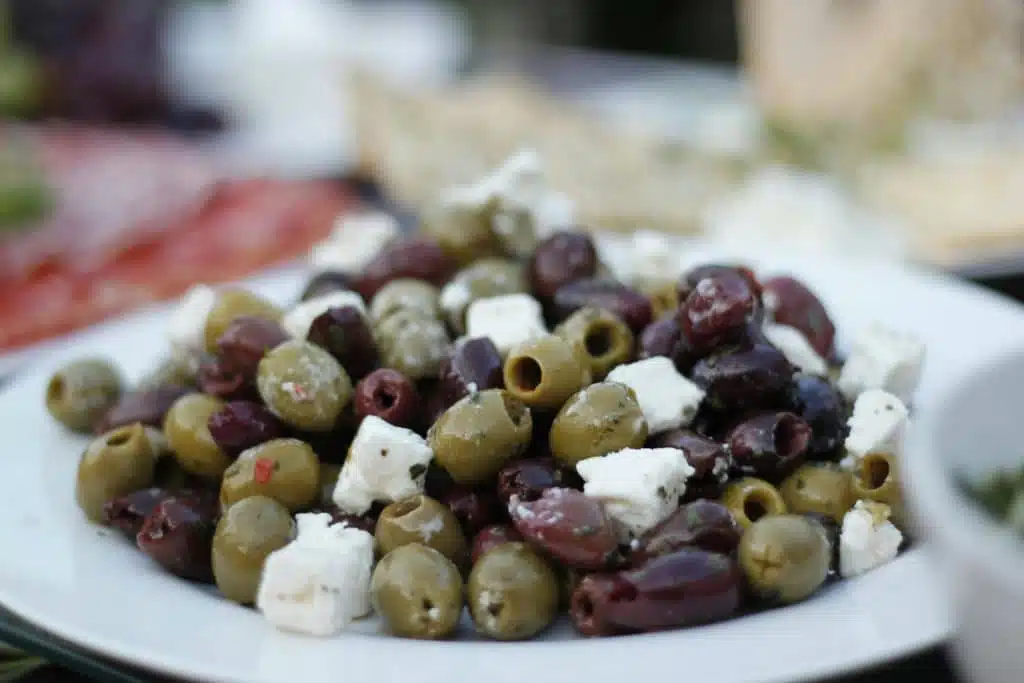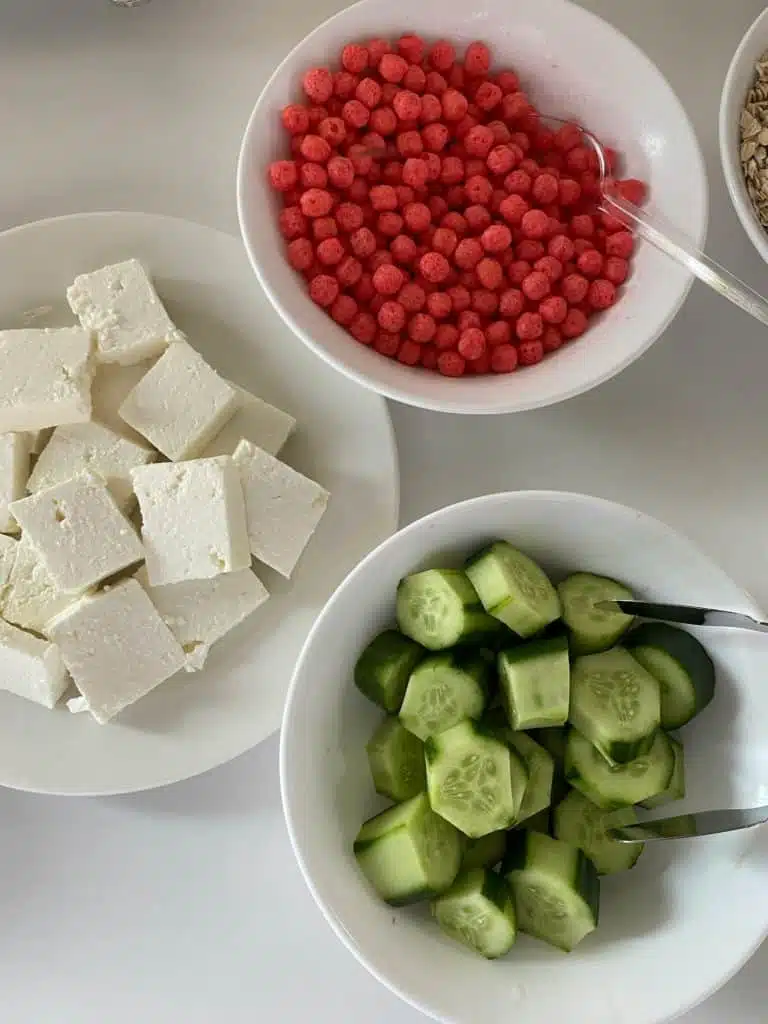
Visit Paros: beaches, villages, history and tips for discovering the Cycladic island
Heavenly beaches, whitewashed villages, traditional festivals and delicious cuisine: Paros is an island in the Cyclades that offers the perfect blend of relaxation, culture and authenticity. In this article, explore everything that makes Paros so charming: nature, history and the Greek art of living.















